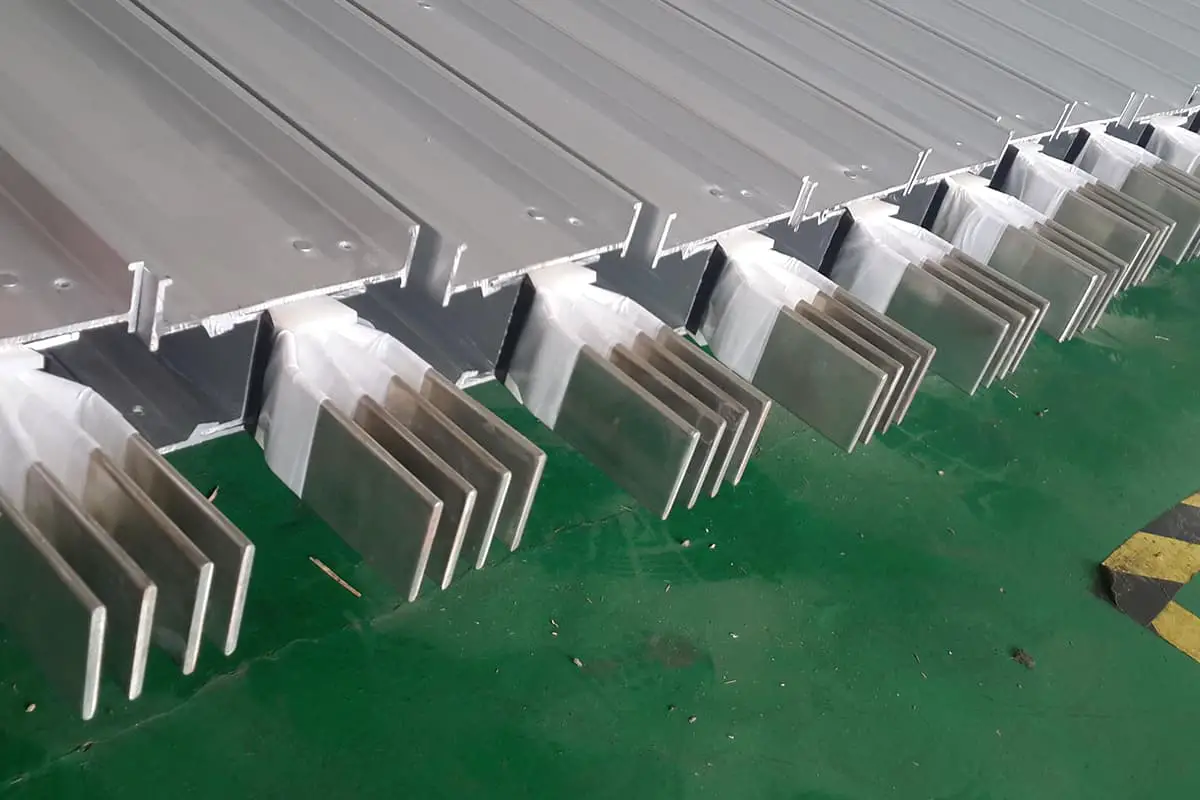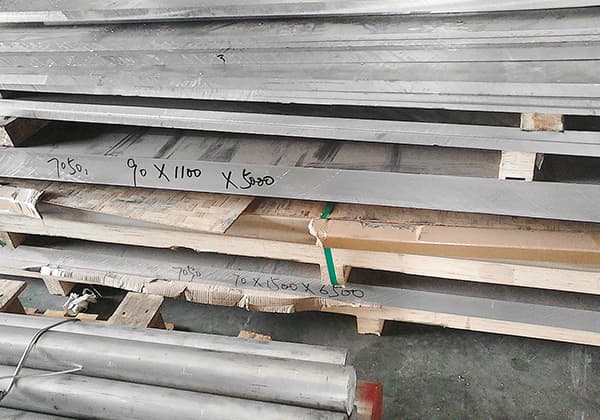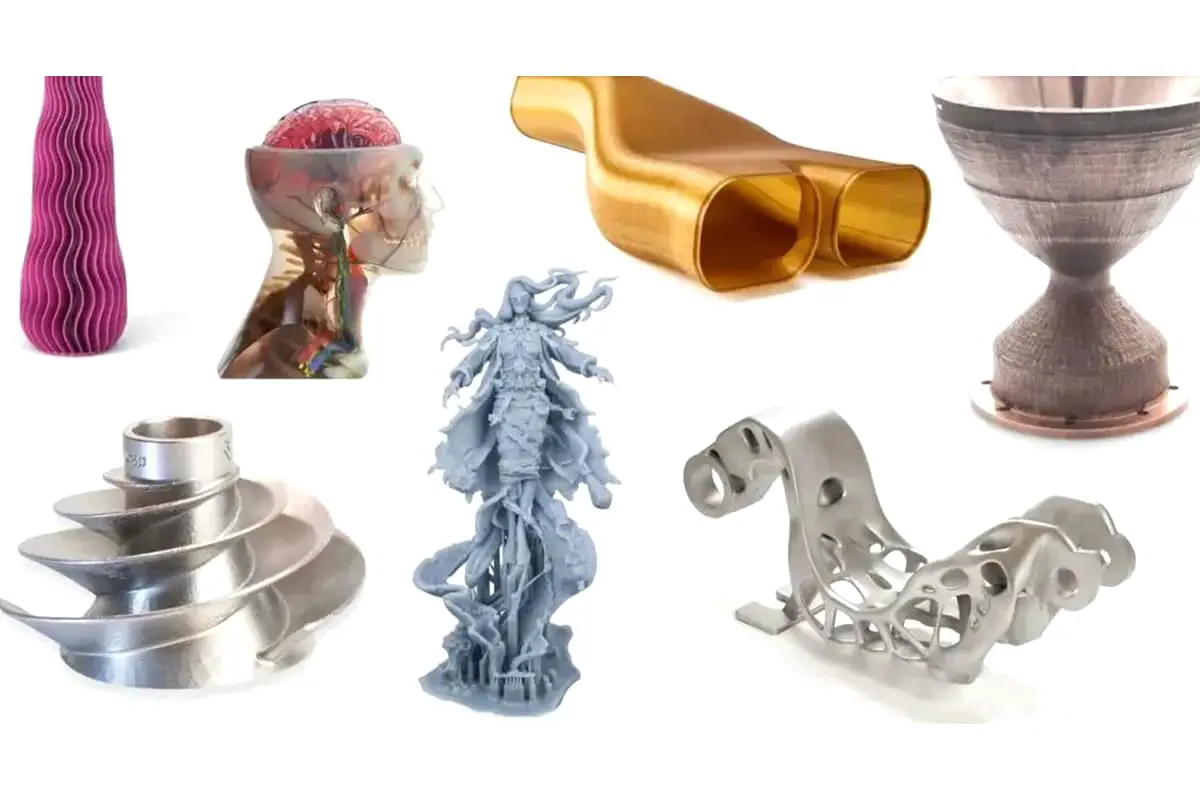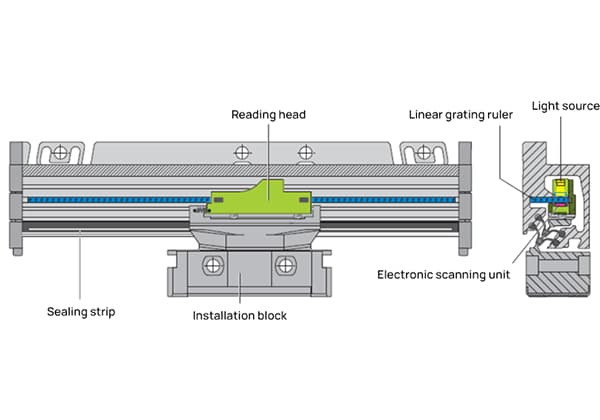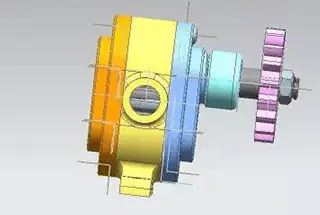
What if the key to enhancing the performance of high-voltage switchgear lies in understanding the electrical conductivity of copper and aluminum alloys? This article dives into the specifics of conductivity in these materials, offering essential reference values for design, quality inspection, and procurement. By exploring this guide, you’ll gain a solid grasp of how different alloys compare and how to leverage this knowledge in practical applications.
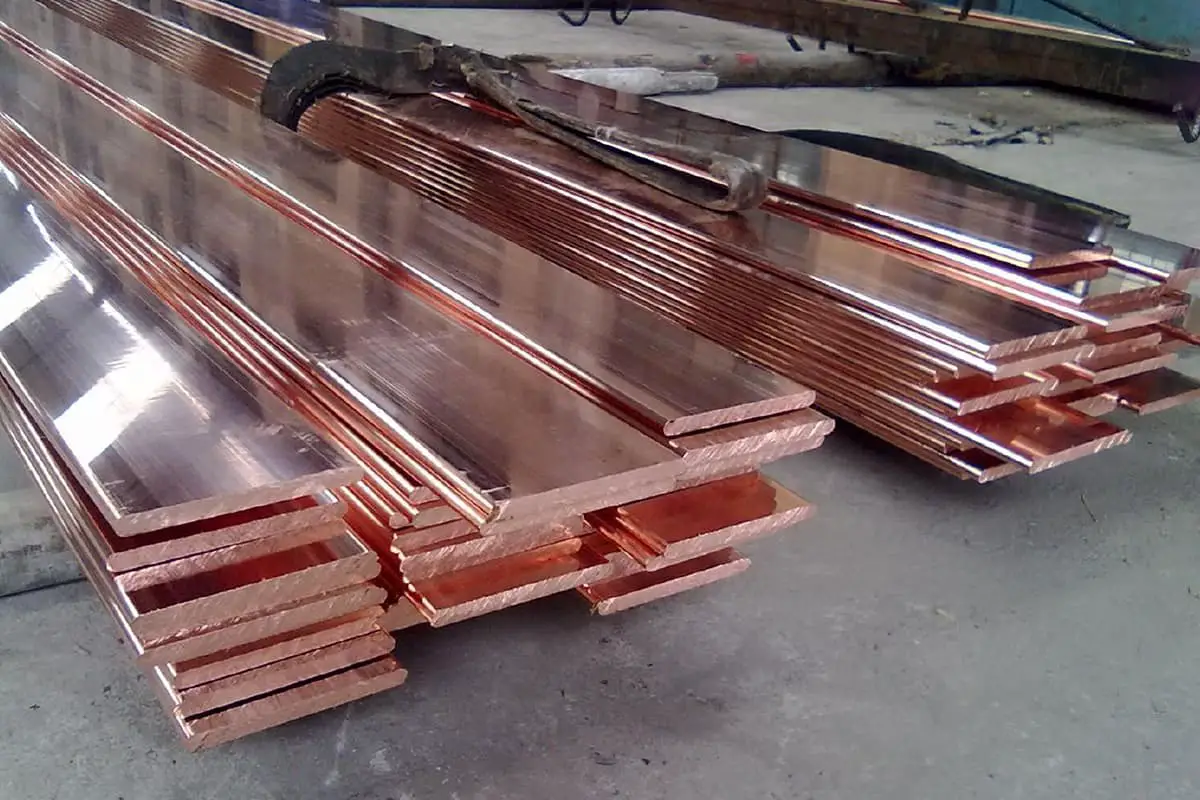
Copper, aluminum, and their alloys are frequently used materials in high-voltage switchgear products.
This standard lists the electrical conductivity of commonly used copper, aluminum, and their alloys, serving as a reference for design, process, quality inspection, and procurement personnel in their work.
This standard provides reference values for the electrical conductivity of copper, aluminum, and their alloys. It is intended for reference in the design, process, quality inspection, and procurement of high-voltage switch products and components.

Electrical Conductivity
The reciprocal of resistivity is referred to as electrical conductivity. It corresponds to the current passing through a unit area when the conductor maintains a unit potential gradient (i.e., voltage difference).
According to the IEC standard, the electrical conductivity of standard soft copper with a resistivity of 1.7241μΩ·cm is taken as 100%, and the electrical conductivity of other materials is compared with it, expressed in %IACS.
Based on the above definition, this standard provides reference values for the electrical conductivity of materials with only resistivity found (highlighted in bold italics in the table). The calculation method is as follows:
Material’s conductivity ÷ Standard soft copper’s conductivity × 100% = IACS unit conductivity
For example; the resistivity of ZL101A is known to be 0.0442 x 16-6Ω.m, the conductivity is:
(1/0.0442) ÷ (1/0.017241) × 100% = 22.624 ÷ 58 × 100% = 39% IACS
Refer to Table 1 for the electrical conductivity of cast copper and copper alloys.
Table 1: Electrical Conductivity of Cast Copper and Copper Alloys
| Alloy Grade | Electrical Conductivity %IACS | Resistivity 10-6Ω.m | Alloy Grade | Electrical Conductivity %IACS | Resistivity 10-6Ω.m |
| ZCuCr1 | ≥80 | — | ZCuSn5Pb5Zn5 | 21 | 0.080 |
| ZCuCr0.3 | ≥80 | — | ZCuZn38 | 24 | 0.071 |
| ZT3 | 96 | 0.0178 | ZCuZn40Pb2 | 25 | 0.068 |
| ZT4 | 96 | ZCuZn16Si4 | 6 | 0.28 | |
| Note: The italicized and bold values were calculated based on resistivity. | |||||
Refer to Table 2 for the electrical conductivity of cast aluminum and aluminum alloys.
The electrical conductivity of machined copper and copper alloys can be found in Table 3.
Please see Table 4 for the electrical conductivity of machined aluminum and aluminum alloys.
Table 2: Electrical Conductivity of Cast Aluminum and Aluminum Alloys
| Alloy Grade | Electrical Conductivity %IACS | Resistivity 10-6Ω.m | Alloy Grade | Electrical Conductivity %IACS | Resistivity 10-6Ω.m |
| ZL101 | 36 | 0.0457 | ZL201 | 29 | 0.0595 |
| ZL101A | 39(36) | 0.0442 | ZL202 | 33 | 0.0522 |
| ZL102 | 40 | 0.0548 | ZL203 | 39 | 0.0433 |
| ZL104 | 37 | 0.0468 | ZL301 | 18 | 0.0912 |
| ZL105 | 36 | 0.0462 | ZL303 | 26(29) | 0.0643 |
| ZL109 | 29 | 0.0504 | ZL402 | (35) | — |
| ZL114A | 40 | — | — | — | — |
Note: The italicized and bolded numbers are calculated based on resistivity. | |||||
Table 3: Electrical Conductivity of Processed Copper and Copper Alloys
| Alloy Grade | Electrical Conductivity %IACS | Resistivity 10-6Ω.m | Alloy Grade | Electrical Conductivity %IACS | Resistivity 10-6Ω.m |
| T2 | 96 | 0.0178 | QAl9—4 | 14 | 0.123 |
| H62 | 24 | 0.071 | QAl10—3—1.5 | 15 | 0.11 |
| HPb59—1 | 26 | 0.065 | QBe2 | 17~25 | 0.068~0.1 |
| QCr0.5 | >80 | — | QSN6.5—0.1 | 13 | 0.128 |
| Note: The italicized and bold values are calculated based on resistivity. | |||||
Table 4: Electrical Conductivity of Processed Aluminum and Aluminum Alloys
| Alloy Grade | Electrical Conductivity %IACS | Resistivity 10-6Ω.m | Alloy Grade | Electrical Conductivity %IACS | Resistivity 10-6Ω.m | Alloy Grade | Electrical Conductivity %IACS |
| 1035 | ○ | 59 | 0.0292 | 6063 | ○ | 57 | 0.030 |
| H14 H18 | 57 | 0.030 | T6 | 55 | 0.032 | ||
| 1060 | ○ | 62 | 0.028 | 6101 | T6 | 57 | 0.030 |
| H18 | 61 | 0.0285 | 3A21 | ○ | 50 | 0.034 | |
| 2A12 | ○ | 50 | 0.034 | H14 | 41 | 0.0415 | |
| T4 | 38 (30) | 0.045 | H18 | 40 | 0.0425 | ||
| 5A02 | ○ | 35 (40) | 0.0493 (0.0476) | 6A02 | ○ | 55 | 0.032 |
| H14 H18 | T6 | 45 | 0.038 | ||||
| Note: The figures in parentheses are taken from the “Handbook of Metal Materials” published by the Chemical Industry Publishing House. | |||||||

